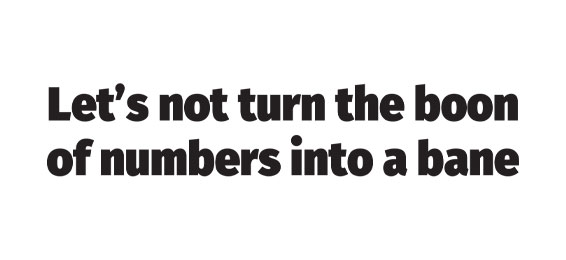Blitz Bureau
NEW DELHI: For years, India’s youth bulge has been described as its greatest asset — a demographic dividend that would propel the country into the league of economic superpowers. But what if that promise was oversold?
What if the same youth who are meant to drive growth instead become a burden on an economy unable to employ or educate them adequately? That is the question India must now confront as its population pyramid begins to tilt unevenly across regions.
The numbers tell a sobering story. Nearly 68 per cent of India’s people are of working age, according to UN estimates — a statistic that should be a source of strength. Yet the real picture is far more complicated.
While southern and western states are beginning to age, the north and east continue to swell with millions of young people entering the labour market every year. This asymmetry, often romanticised as potential, masks the reality that India’s economy is not generating enough productive jobs to absorb its expanding workforce.
For a dividend to pay out, there must first be investment — in education, skills, and infrastructure. India’s record on all three remains patchy. In the high-fertility states of Uttar Pradesh, Bihar, and Jharkhand, school dropout rates are high, healthcare spending per capita remains among the lowest in the country, and job creation trails far behind population growth. The outcome is a youth bulge without a matching expansion in opportunity — a demographic dynamo threatening to turn volatile.
The other danger lies in complacency. Policymakers often treat India’s youthful profile as a guarantee of growth, rather than a challenge that demands preparation. But demography is not destiny; it is potential. If that potential goes untapped, it can produce the opposite of a dividend — a demographic drag.
Already, rising youth unemployment, which hovers in the double digits nationally and far higher in several northern states, is eroding confidence in the growth narrative. The informal sector still absorbs over 80 per cent of India’s workers, offering neither stability nor social security — a structural flaw that could turn the demographic boom into a fiscal burden.
The so-called demographic dividend is also deepening India’s regional and fiscal divides. States that managed population growth effectively now find themselves penalised through central transfer formulas that reward population size.
Meanwhile, states still struggling with high fertility and joblessness are politically ascendant. This inversion — where economic underperformance translates into political leverage — could prove destabilising in the years ahead.
India’s demographic moment is fleeting. Within two decades, the country’s working-age population will plateau, and ageing will set in. The window to turn youth into economic power is closing fast. Unless India doubles down on manufacturing, vocational education, and labour-intensive exports, the dividend will slip away.
If the young remain untrained, unemployed, and unheard, the country’s greatest advantage could become its most enduring liability — a reminder that numbers alone never built a nation, but opportunities, inclusion, innovation, and timely policy vision did.



